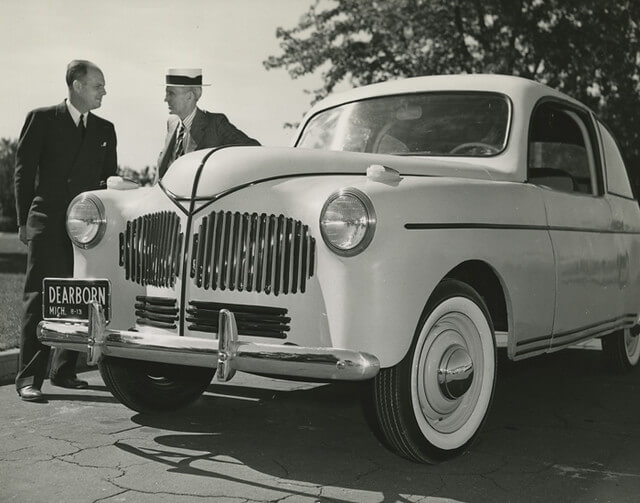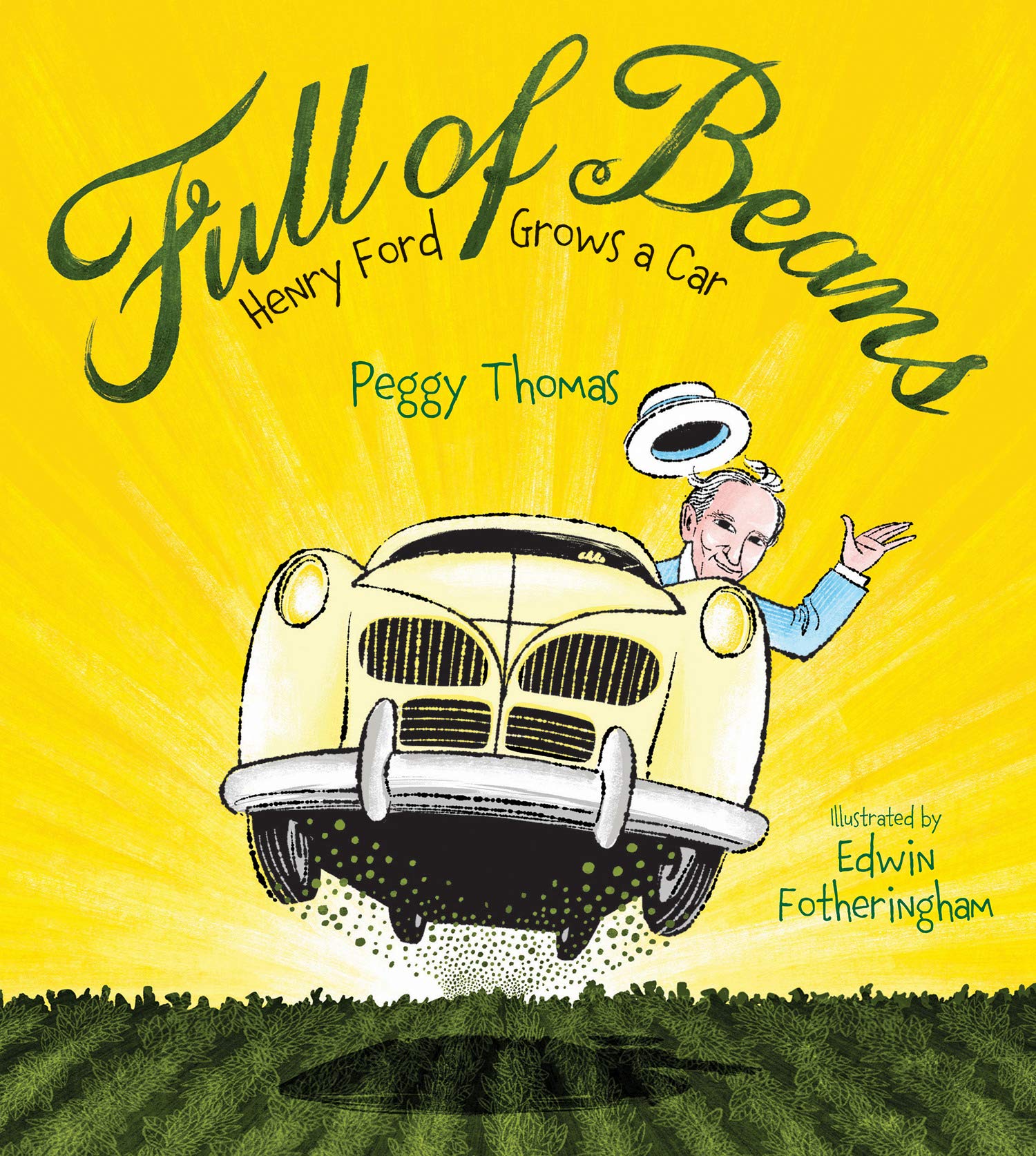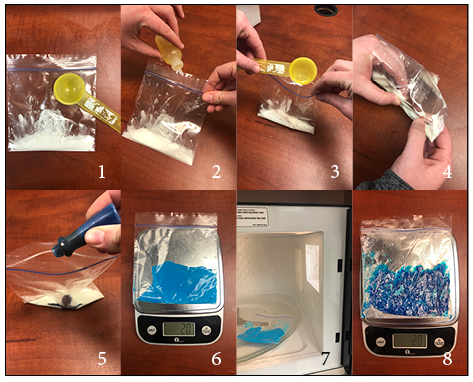Full of Beans: Henry Ford Grows a Car
Students identify the variety of soybeans uses for human consumption, livestock feed, and industrial products, explain how key historical events affected soybean production in the United States, and create a bioplastic made from soybeans.

Background
Lesson Activities
Recommended Companion Resources
Credits
Author
Bekka Israelsen | Utah Agriculture in the Classroom
Sources
- https://www.aexcelcorp.com/blog/eco-friendly-traffic-paint/20-interesting-facts-about-americas-soybeans
- https://www.farmflavor.com/at-home/cooking/soybean-fun-facts/
- https://www.nass.usda.gov/Publications/AgCensus/2017/Full_Report/Volume_1,_Chapter_1_US/usv1.pdf
- Full of Beans by Peggy Thomas
- https://www.nass.usda.gov/Charts_and_Maps/Crops_County/sb-pr.php
- https://www.historycrunch.com/first-industrial-revolution-vs-second-industrial-revolution.html#/
- https://extension.purdue.edu/4h/Documents/Volunteer%20Resources/Past%20Congress%20Lesson%20Plans/SoysensationLessonPlanfacilitatorguidefinal.pdf
Standards
Nebraska Content Area Standards
-
Science 5.3 - Structure and Properties of Matter
- SC.5.3.1.B: Measure and graph quantities to provide evidence that regardless of the type of change that occurs when heating, cooling, or mixing substances, the total weight of matter is conserved.
- SC.5.3.1.C: Make observations and measurements to identify materials based on their properties.
- SC.5.3.1.D: Conduct an investigation to determine whether the mixing of two or more substances results in new substances.
 the book Full of Beans: Henry Ford Grows a Car by Peggy Thomas.
the book Full of Beans: Henry Ford Grows a Car by Peggy Thomas.